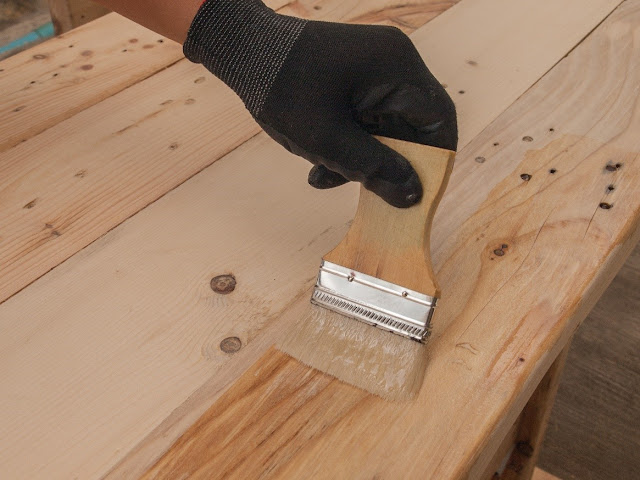English antique furniture has even more to it than worth and
also innovative looks. Each item of English Antique finish furniture stands for the
characteristics and also features that recognize its history. From Elizabethan
to late Victorian durations, furniture production and creating in England
thrived, transformed and took various turns that highlighted the ascending as
well as descending of ruling monarchs. Throughout the Elizabethan period
renaissance style furniture was developed. They were a lot more comprehensive
than the plain and also useful functions of the earlier durations. The
furniture incorporated Ionic fundings, strong inlay, sculpted caryatids, band
work and also split baluster turnings. The Elizabethan English antique chairs
were turned or wainscoted. Beds had actually sculpted messages and canopy. The
tables had spheric legs and were hefty and also sculpted. The Elizabethan
furnishings entirely was bigger, much heavier and reflected wide range.
The Georgian furnishings included luxuriant makings, Queen Anne style cabriole
legs and also decorative inlays. Larger furnishings was made with delicate
layouts that had regency characteristics. The English antique tables and chairs
got extra famous attributes like lions paw legs, as well as the club and spade
look. Thomas Chippendale, George Hepplewhite and also Robert Adam were a few of
the well-known cabinet makers throughout this time. Mahogany came to be a much
more preferred timber to oak as well as walnut. It was called the Golden era of
Furniture as well as was inspired by rococo as well as neo-classical styles.
The Victorian period saw a hefty rise in furnishings making and also consisted
of heavier, intricate as well as attractive items with dark coating. This era
revitalized the gothic and also rococo styles. Approaches of manufacture
altered from hand to makers. English Antique finish tables and chairs during this
period had shorter legs and also couches were fringed and also deep-buttoned.





No comments:
Post a Comment